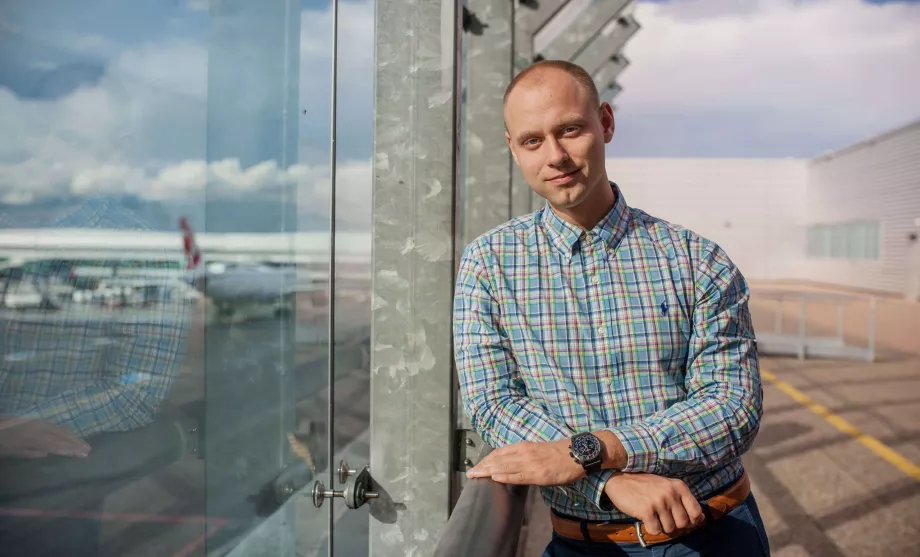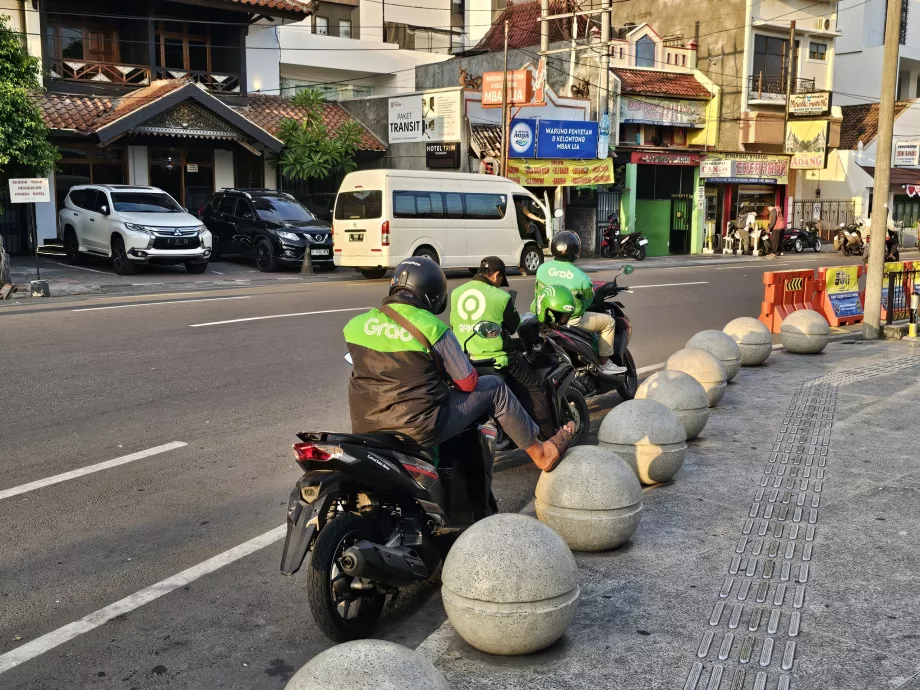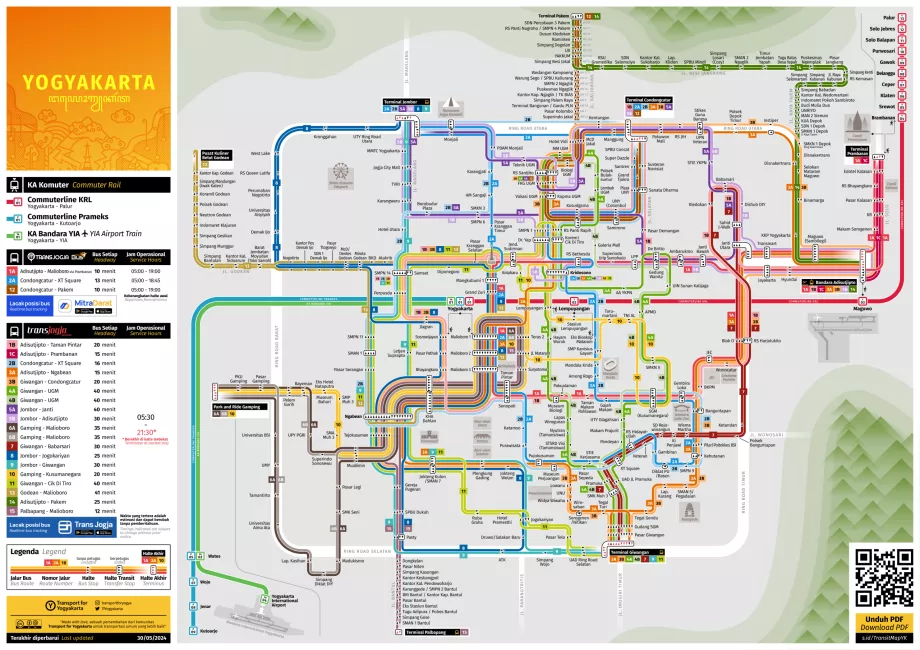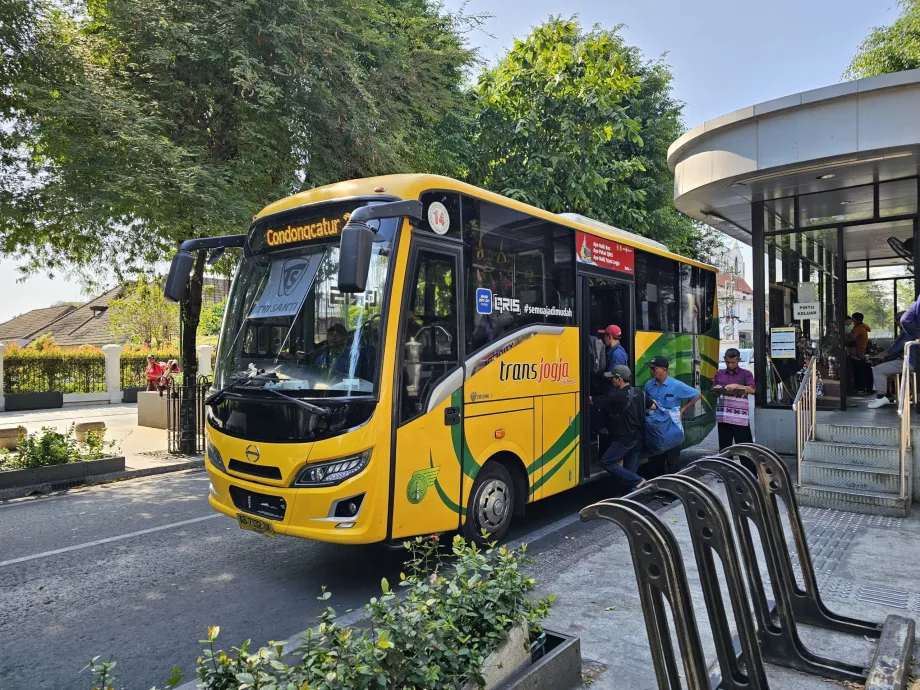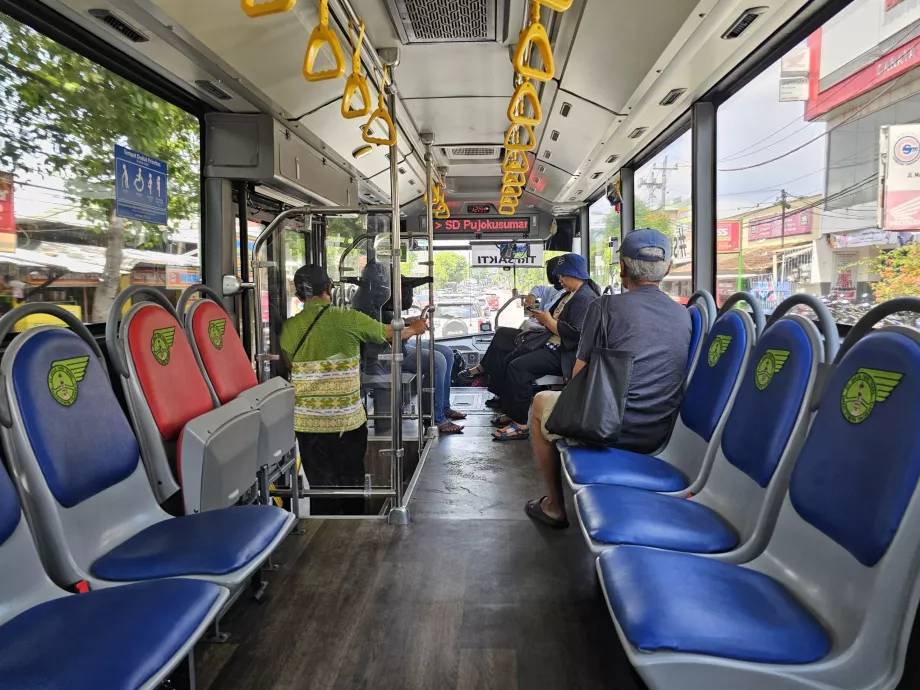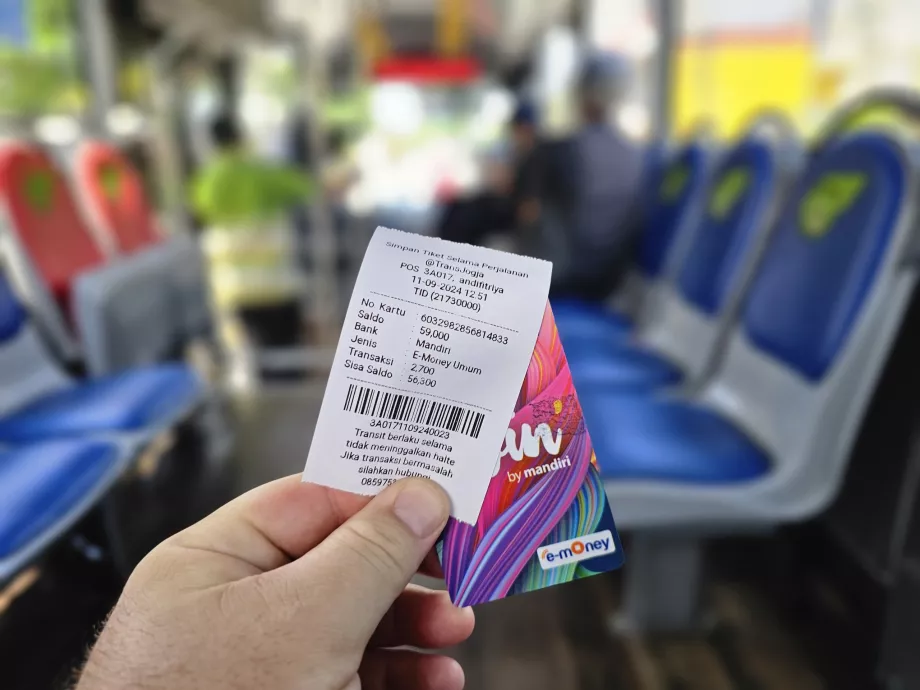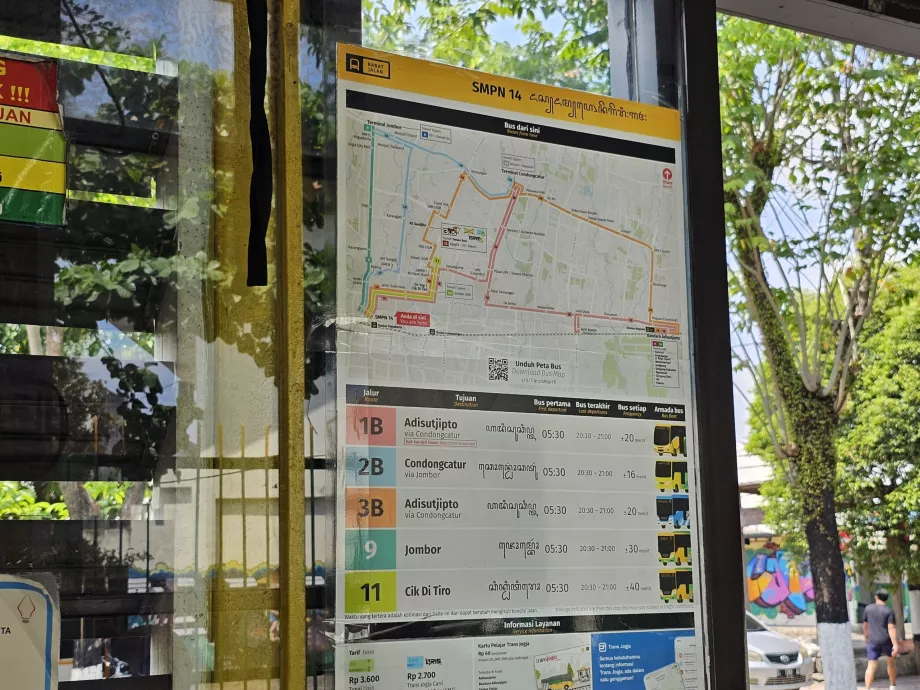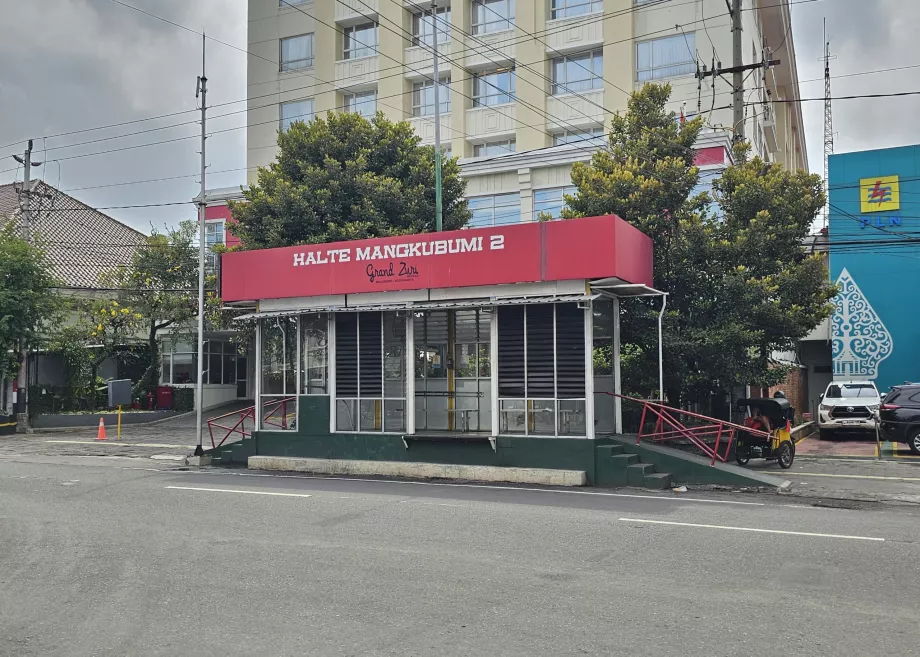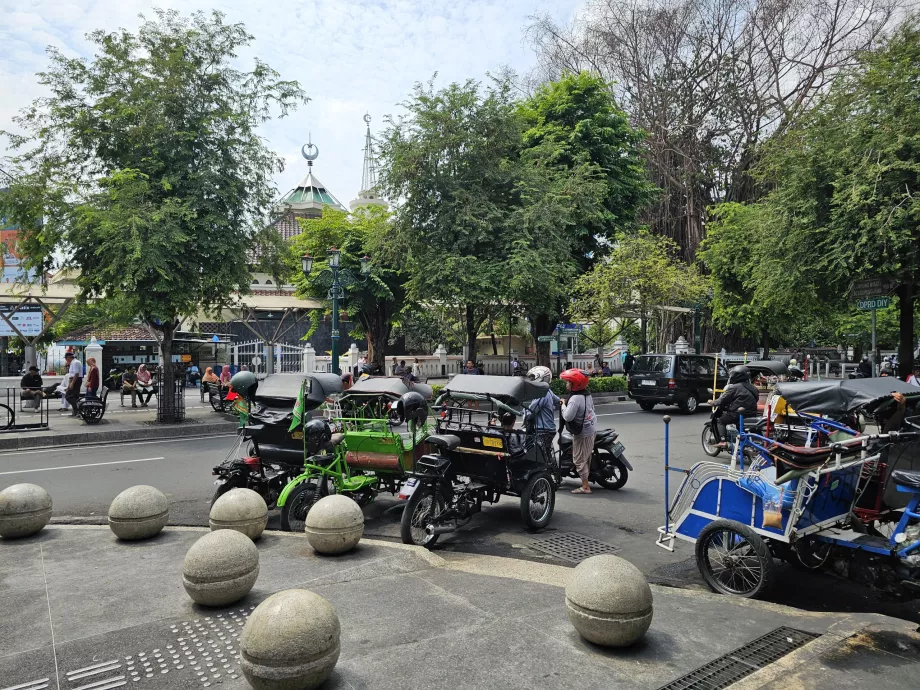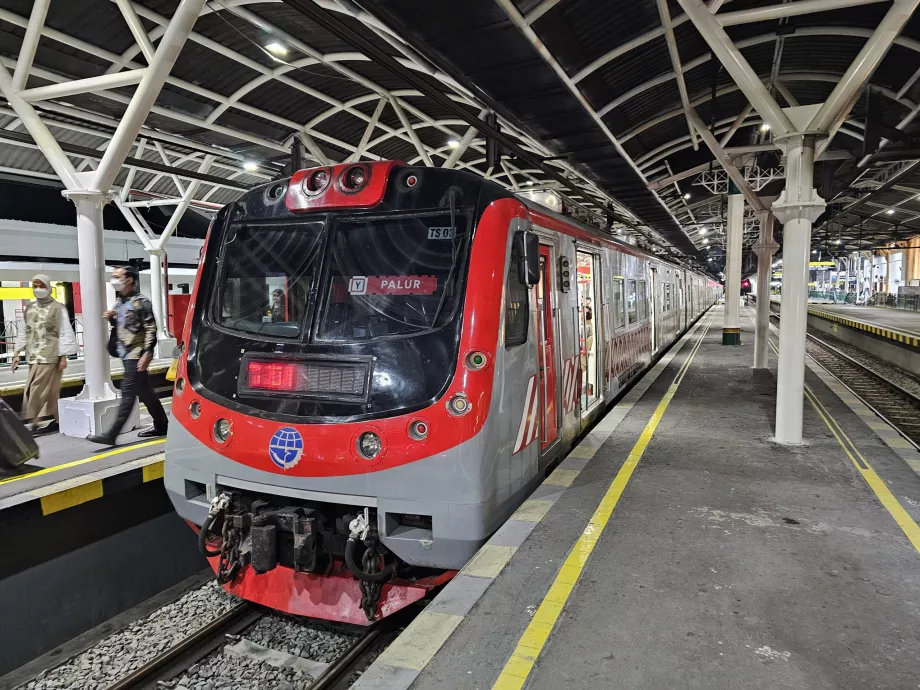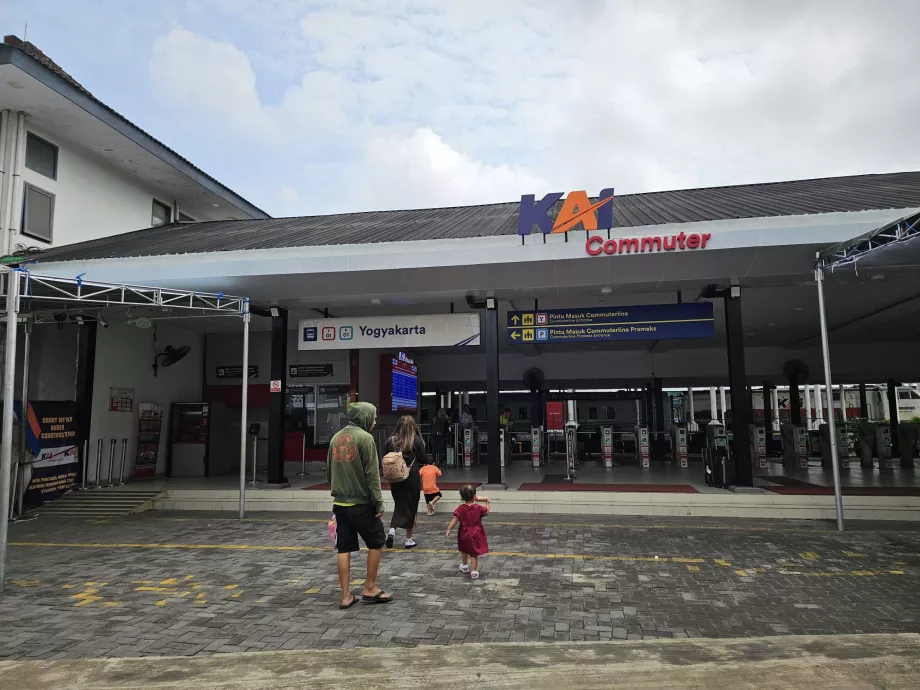Getting around Yogyakarta

Yogyakarta has a fairly advanced public transport bus system, which is the cheapest form of transport around the city.
However, due to the relatively complicated line routing, Grab and GoJek mobile taxi apps remain the most used mode of transport.
On foot
Yogyakarta offers something you won't quite find in other major cities in Indonesia - the ability to get around the city on foot. In fact, Yogya (or Jogja), as the locals call it, is relatively small and the traffic is not as heavy as in crazy Jakarta.
However, the foot traffic is good compared to other Indonesian cities, but when compared to, say, European cities, Yogyakarta would definitely fall short.
There are few pedestrian crossings, and on top of that, pedestrians don't have the right of way. You have to be very careful at traffic lights, because especially motorbikes often run red lights.
Anyway, walking around downtown Yogyakarta remains the most practical, especially in the Malioboro - Keraton - Taman Sari axis.
Book a hotel in downtown Yogyakarta
Grab, GoJek, Taxi
Travelling by taxi is cheap and convenient and available everywhere in the city, as well as its wider surroundings.
Standard metered taxis, which you can flag down by waving on the street, are minimal in Yogyakarta and usually stop only outside expensive hotels.
The easiest way to get around is to use the Grab and GoJek mobile apps, which work on the same principle as, say, Uber or Bolt (which don't operate here).
Prices
Prices are dynamic and are calculated according to current demand, but you always know the price before you ride. You don't need to have any cash or haggle with the driver - the appropriate amount is automatically charged to the card you enter in the app when the ride is over.
We always recommend comparing prices on both apps (Grab and GoJek) as they use different algorithms and the price can vary by 20-30%.
Examples of average prices using the Grab / GoJek apps:
- Malioboro - Taman Sari for 18 000 idr
- Malioboro - Gembira Loka Zoo / Kotagede for 30 000 idr
- Malioboro - Prambanan for 100 000 idr
- Malioboro - Borobudur for 250 000 idr
- Prambanan - Ratu Boko for 15 000 idr
- Prambanan - Borobudur for 350 000 idr
Moto-taxi
The cheapest mode of transport is the moto-taxi (called "ojek"), which again can be booked through the Grab and GoJek mobile apps.
The prices are roughly a quarter of what it would be to drive a conventional car, but significantly less comfortable and less safe.
However, especially in the centre of Yogyakarta, riding a motorbike is often two or three times faster than driving a car, as motorbikes find it easier to squeeze through traffic jams.
If you book a motorbike ride through the Grab or GoJek app, you must always get a helmet from the driver.
Public transport - TransJogja buses
Public transport is provided by TransJogja buses.
The buses are air-conditioned, safe and the whole system is quite clear with maps at each stop and a clear map that you can download on your mobile at this address: dishub.jogjaprov.go.id.
Study the map ahead of time, because due to the complex system of one-way streets, many routes are circuitous and therefore only go in one direction at a time.
In addition, many stops are staffed. If you are not sure which line to take to your intended destination, the bus stop staff or people waiting for the bus will be happy to advise you.
Ticket prices - where to buy
Fares are very cheap and vary depending on whether you pay with cash or electronic cards.
- 2 700 idr - Fares paid by electronic transport cards
- for lines 1A, 2A and 12 the fare is 3 600 idr
- 3 600 idr - fares paid in cash
- on lines 1A, 2A and 12 you cannot pay in cash
Electronic cards
You can use the following electronic transport cards on TransJogja buses. With the exception of the Trans Jogja Card, you can also use the cards in most other Indonesian cities:
- Trans Jogja Card - valid only in Yogyakarta
- Multi Trip Card (KMT)
- E-money Mandiri
- BNI Tapcash
- BRIZZI
- BCA Flazz
If you come to Yogyakarta from another Indonesian city ( Jakarta, for example) and purchase one of the above cards, you don't have to worry about anything else other than having enough credit on it. You can always find this out when you buy your ticket and top it up at any Indomaret or Alfa Mart store.
If you don't have a card yet, you can also buy one at Indomaret or Alfa Mart stores. The price is usually 40 000 idr, of which 10 000 idr you can already use to pay your fare.
We do not recommend buying the Trans Jogja Card at bus stops as it is only valid in Yogyakarta and not in other cities.
You can use the electronic card to pay the fare in the following ways:
- Staffed bus stops - you attach the card to the reader at the staff member at the bus stop, you don't have to do anything on the bus.
- Unmanned stops - you attach the card to the reader at the conductor's desk
- Lines 1A, 2A, 12 - attach the card to the reader at the driver's desk
Fare in cash
If you travel only occasionally and it is not worth paying Rs 30,000 for an e-card, you can pay the higher price in cash.
- Bus stops with attendants - buy your ticket at the bus stop
- Unattended stops - buy the ticket from the conductor inside the bus
- Lines 1A, 2A, 12 - cash cannot be used to buy a ticket
Timetables
Buses run from approximately 5:30 am to 9:00 pm. Lines 1A, 2A and 12 run only until about 19:00.
Intervals vary depending on the specific line and range from 10 to 35 minutes.
The busiest lines are lines 1A, 2B or 3A.
Stops
Bus stops are elevated and usually covered by a shelter.
At all bus stops you will find a map of the overall network, plus a more detailed route map of the lines that pass through the stop.
Some lines run slightly different types of buses with a lower floor, so they cannot stop directly at the shelter. Therefore, you have to descend from the steps to street level.
Becak (tricycle)
Another mode of transport is the becak, a local less comfortable alternative to the tuktuk. Never forget to agree on the price of the trip in advance with the becak drivers!
Generally speaking, the average trip within the city centre will be slightly cheaper than a taxi, around 10 000 idr to 15 000 idr.
However, becak is usually only used for very short journeys within the city centre.
Most of these cars can be found on Malioboro Street, in front of the train station or at the big hotels.
Suburban railway
Yogyakarta also has its own suburban rail system, on which 3 lines operate.
While you won't use these trains to get around the city as such, they are a very cheap way to travel to nearby cities.
The suburban trains are very clean, air-conditioned, but can be quite crowded (but not as much as, say, India).
Routes and prices
All suburban lines have a route start point at YOGYAKARTA main station, where they use their own separate "KAI Commuter" entrance.
Individual lines are identified by letter and colour.
- Y (red)
- Yogyakarta - Lempuyangan - Adisutjipto Airport (Maguwo Station) - Brambanan - Klaten - Solo - Palur
- The fare is 8 000 idr for 1 ride regardless of whether you take the whole route or just one stop
- 12 connections per day
- YA (green)
- Yogyakarta - Wates - Yogyakarta Airport YIA
- Fares 50 000 idr for express services (not stopping at Wates station) or 20 000 idr for regular services
- Timetable follows flight operations (total of 25 connections per day)
- P (blue)
- Yogyakarta - Wates - Wojo - Kutoarjo
- Fare is 8 000 idr for 1 ride regardless of whether you take the whole route or just one stop
- 4 trips per day
You can find the exact timetables in a pdf file along with a map of all train and bus routes in Yogyakarta at this address: dishub.jogjaprov.go.id.
How to buy a ticket?
For the Y and P lines, you can use the electronic cards Multi Trip Card (KMT), E-money Mandiri, BNI Tapcash, BRIZZI and BCA Flazz to pay the fare.
These cards cannot be used on the airport line "YA". You must always buy a traditional paper ticket, which can be paid for with cash or card.
Motorbike rental
If you want to get around the city and its surroundings on your own, renting a motorbike is the easiest option.
Rental cars are few and expensive in Indonesia.
However, you won't find nearly as many motorbike rentals in Jogja as in other Asian destinations (such as Phuket, Thailand).
In fact, only a few large motorbike rental companies operate in Jogja, the largest and most reputable of which is Pamitran Tours, according to reviews.
Information can be found at: pamitrantours.com.
Do you have experience with any other scooter rentals in Yogyakarta? Share it with us and other travelers from around the world in the comments section at the bottom of this page. Thank you!
Prices
The normal price for renting a motorbike for the day is 60 000 idr for a 110 CC scooter. The more powerful 155 CC bikes usually cost 150 000 idr per day.
Required documents
When renting a motorbike, you must present your national driving licence as well as your international driving licence.
A credit card is not usually needed when renting a scooter.
Do we recommend renting a scooter?
If you are planning to just get around the city and visit the most famous sights in the area like Prambanan or Borobudur, we definitely do not recommend renting a motorbike.
All places can be visited by public transport or cheap taxis via Grab/GoJek.
The traffic on the main roads is extremely heavy (despite Jogja being one of the quietest cities in Indonesia in this regard) and unless you are experienced in driving a scooter, driving is dangerous.
Hire a scooter if you want to explore less touristy places outside the city, where private transport is often the cheapest option.
Rent a car
There are only two car rental companies in Yogyakarta where you can rent a car without a driver and drive on your own - AVIS and local rental company TRAC.
The prices are quite high and for a 5-day car rental you will pay on average 300 usd.
Renting a car can only pay off when driving out of town.
Driving in Yogyakarta is stressful due to the constant traffic jams and convoluted system of one-way streets.
Hire a car if you want to explore the beautiful but remote coastline around Pantai Baron or venture into mountain villages that are difficult to reach except on your own.
Any questions left?
If you have any questions or comments about the article...
